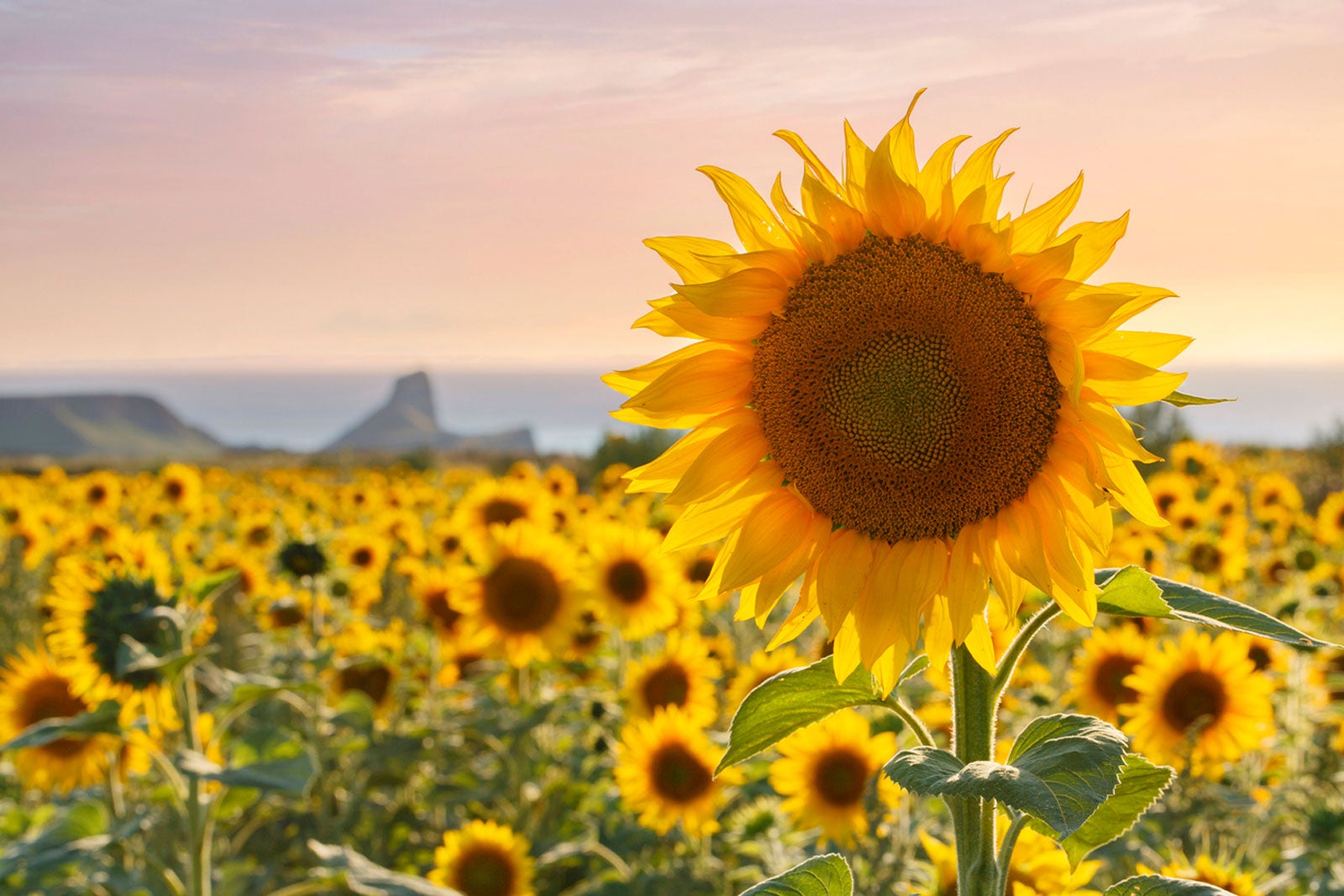Big bloomers plant list – Immerse yourself in the world of big bloomers, an extraordinary group of plants renowned for their captivating floral displays. From vibrant hues to delicate fragrances, these botanical wonders transform any garden into a breathtaking spectacle. This comprehensive guide unveils a curated list of popular big bloomers, empowering you to create landscapes that burst with color and charm.
Popular Big Bloomers Plant Varieties: Big Bloomers Plant List

Large, showy blooms are a hallmark of many popular garden plants. These “big bloomers” add a touch of drama and elegance to any landscape. They come in a wide range of colors, shapes, and sizes, so there’s sure to be one to suit every taste.
Some of the most popular big bloomers include:
Peonies
- Common Name: Peony
- Botanical Name: Paeonia
- Bloom Time: Spring
- Flower Size: 6-12 inches
- Color Range: White, pink, red, purple, yellow
Hibiscus
- Common Name: Hibiscus
- Botanical Name: Hibiscus
- Bloom Time: Summer
- Flower Size: 4-8 inches
- Color Range: Red, pink, white, yellow, orange
Daylilies
- Common Name: Daylily
- Botanical Name: Hemerocallis
- Bloom Time: Summer
- Flower Size: 3-6 inches
- Color Range: Yellow, orange, red, pink, purple, white
Dahlias
- Common Name: Dahlia
- Botanical Name: Dahlia
- Bloom Time: Summer
- Flower Size: 4-12 inches
- Color Range: White, pink, red, purple, yellow, orange
Gladiolus
- Common Name: Gladiolus
- Botanical Name: Gladiolus
- Bloom Time: Summer
- Flower Size: 3-6 inches
- Color Range: White, pink, red, purple, yellow, orange
Roses
- Common Name: Rose
- Botanical Name: Rosa
- Bloom Time: Spring and summer
- Flower Size: 2-6 inches
- Color Range: White, pink, red, purple, yellow, orange
Growing and Care Guide for Big Bloomers
Growing big bloomers successfully requires providing them with optimal conditions and proper care. These plants thrive in well-drained, fertile soil rich in organic matter. They prefer full sun to partial shade, with at least 6 hours of direct sunlight per day. Watering needs vary depending on the species, but most big bloomers require regular watering, especially during hot, dry weather.
Planting
When planting big bloomers, choose a location that meets their sunlight and soil requirements. Dig a hole twice the width of the root ball and just as deep. Place the plant in the hole and backfill with soil, gently firming it around the base of the plant. Water thoroughly after planting.
Fertilizing
Fertilize big bloomers regularly during the growing season using a balanced fertilizer. Follow the instructions on the fertilizer label for application rates and frequency.
Propagation
Big bloomers can be propagated through division, cuttings, or seeds. Division is the easiest method and can be done in spring or fall. Cuttings can be taken in spring or summer, while seeds can be sown indoors in late winter or early spring.
Common Pests and Diseases
Big bloomers are susceptible to a variety of pests and diseases, including aphids, mealybugs, spider mites, and powdery mildew. Aphids and mealybugs can be controlled with insecticidal soap or neem oil. Spider mites can be controlled with insecticidal soap or horticultural oil. Powdery mildew can be controlled with a fungicide.
Design Ideas and Landscaping Uses

Incorporating big bloomers into your garden design can add a dramatic and eye-catching element. Their large, showy flowers create focal points and attract pollinators, enhancing the overall beauty and ecological value of your outdoor space.
When planning your garden, consider the following ideas to showcase your big bloomers:
Borders and Beds
- Plant big bloomers in borders along pathways or driveways to create a welcoming and impressive display.
- Use them as a backdrop for smaller plants in raised beds, adding height and depth to your garden.
- Create a cottage garden-style border by combining big bloomers with other traditional favorites like roses, delphiniums, and lupines.
Containers, Big bloomers plant list
- Grow big bloomers in containers on patios or balconies to enjoy their beauty up close.
- Use a variety of container sizes and shapes to create a dynamic display.
- Consider trailing varieties like petunias or nasturtiums for hanging baskets or window boxes.
Vertical Gardens
- Maximize space in small gardens or on walls by using big bloomers in vertical gardens.
- Use trellises or hanging baskets to support climbing varieties like clematis or honeysuckle.
- Create a living wall with a mix of big bloomers and smaller plants for a stunning visual effect.
Companion Planting
- Plant big bloomers with complementary colors and textures to create a visually appealing display.
- Combine big bloomers with plants that attract pollinators, such as lavender or sunflowers, to enhance their attractiveness to wildlife.
- Use companion planting to deter pests or improve soil health, such as planting marigolds with tomatoes.